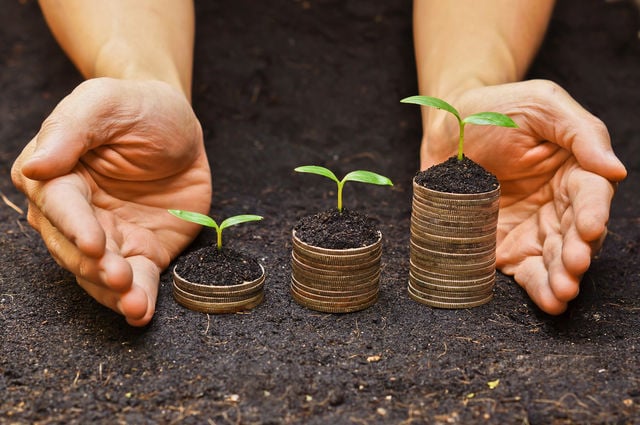Driving Resiliency and Sustainability in Hospitality: Five Priorities for 2021
23 experts shared their view
Recovery, resilience, recalibration, or bouncing back are a few examples of keywords that are at the center of any discussion surrounding the hospitality industry's economic prospects this past year. However uncertain the economic future may be, major crises of earth systems are unabated to date. While similarities exist between resiliency and sustainability (i.e. both concepts refer to the state of a system or organization over time in response to instabilities), there are notable differences, and conflicts, in the two concepts (i.e. achieving short-term economic resiliency at the expense of socio-environmental wellbeing). Looking forward, all eyes are on resiliency (growth!) in hospitality but how do we decouple growth from impacts, most notably carbon emissions? How do we ensure that sustainability is a component of resiliency (or vice versa)? What are the five priorities the hospitality industry should set to tackle resiliency and sustainability at the same time in 2021?
Rather than use the word recovery I view this time as an opportunity to innovate and improve hospitality, so it is more profitable, reduces more emissions, and becomes a more memorable experience for our guests. Rather than recovery, view this opportunity as a renaissance. Renaissance because we can go back to what is at the heart of hospitality and focus our attention on quality, not quantity. Then by so doing, we reduce negative impacts; here is how.
First, hospitality owners and managers can use this time to reconsider their vision, set ambitious goals, place guests and staff at the center of our plans, focus on service innovation and experience design to drive towards zero-carbon experiences.
Second, deeply involve staff at all levels in reducing wastage of energy, water, materials. When I say 'deeply involve', I mean prepare social charters that provide real transparency in the hospitality businesses footprint and improve staff's energy and carbon literacy so that they are aware and committed to conserving knowingly.
Third, refurbish and retrofit improvements that cut carbon. For example, study what is wasteful and redesign how you operate providing that service. During COVID I have been able to show clients how their property consumes without guests, identify leaks, and question wasteful practices. Retrofitting your property should provide better tools and methods to help guests participate in conserving, refurbishing can be applied to express your sustainability messaging.
Fourthly, study your supply chain, focus on food miles, and embedded water. What can be bought locally? What has lower water embedded? How can you change menus to suit by season? Choose to reuse furnishings by locally repairing, recovering, repainting rather than sending them to a landfill.
Fifth, all these measures can design a fresh new guest experience that meets your vision.
If hospitality grows, then it can only do so at a rate that has a lower footprint than existing services and does not erode past savings to escalate emissions overall, helps hospitality reach net-zero by 2050, regenerates biodiversity, and reuses materials so that we do not plunder the planets natural stock. Your vision should acknowledge these challenges. It should inspire creativity and where practical reflect past strengths in our profession to create a renaissance that avoids commodification, celebrates individuality, with local solutions relevant to our rich global cultural diversity and natural environments.


